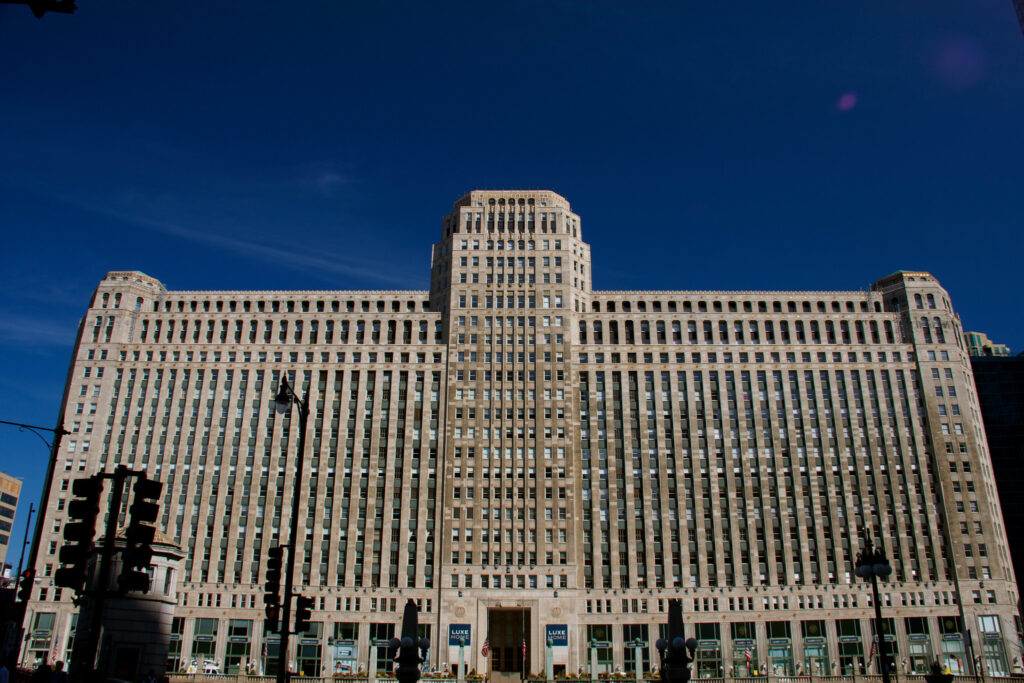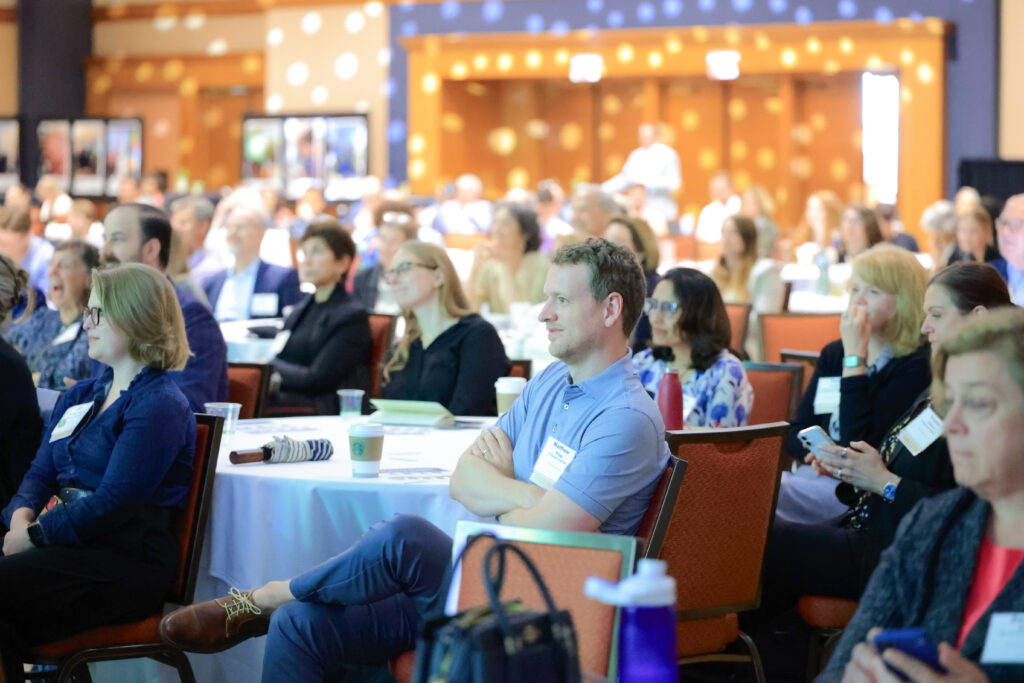Every city has its own unique charm, and unfortunately, also its own unique climate-related risks. As the effects of climate change take a bigger toll on our everyday lives, cities are looking for solutions that can combine modern technology with nature-based solutions to tackle their biggest threats. Green infrastructure is becoming a more widely-used approach since it combines natural and semi-natural areas into urban design to help solve each city’s specific ecological problems. Combining this “low-tech” approach with emerging technologies is paving the way for smarter, more resilient, and more sustainable cities.
What are smart cities?
Smart cities are not a new concept, but what it means to be one isn’t clearly defined. Sure, smart cities are typically associated with digital technologies and real-time data, but ultimately, improving the quality of life is what makes a city smartest. Creating an efficient and sophisticated city network doesn’t necessarily require technology to be embedded into every component of the system. From our perspective, a smart city is one that embraces its relationship to the natural landscape and weaves both modern and ancient knowledge into its solutions. Cities across the globe are earning the “smart city” label by leveraging technologies of the past and the future.
Examples of smart city technology
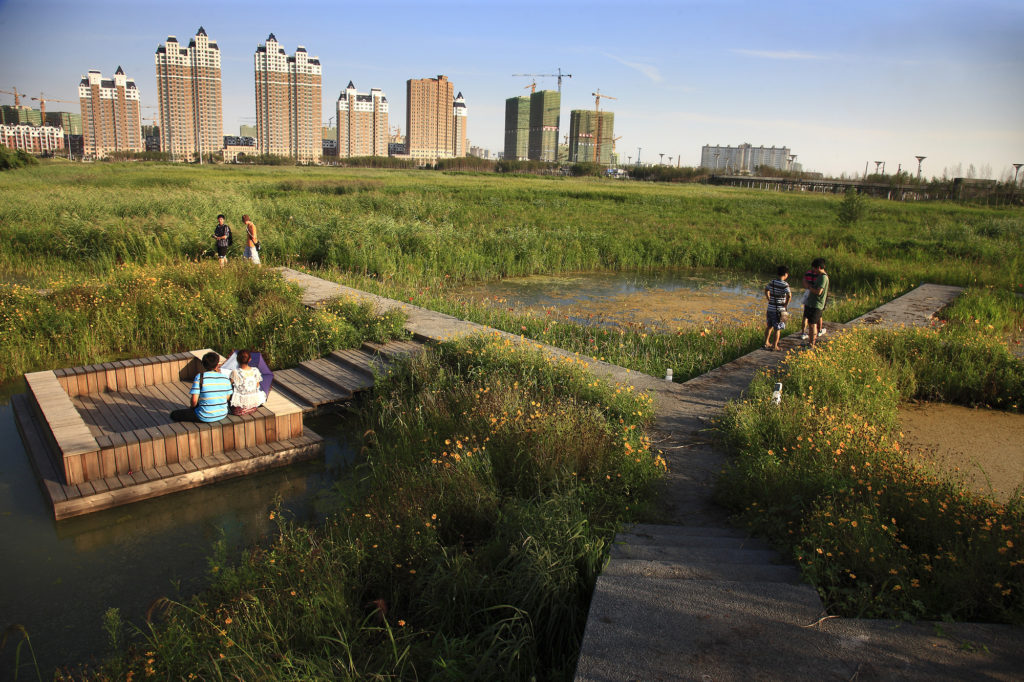
Sponge cities
Bangkok is a city that is prone to flooding, so instead of designing to prevent floods, landscape architects are planning designs that can stay resilient through flood. In 2017, the city built a new park that was fully inclined to collect water, going from green roofs on top of buildings, to wetland lawns, and ultimately into a retention pond. Architects in China have integrated these permeable pavements and terraced wetland parks into their cities to passively absorb rainwater, creating “sponge cities” that have attracted native avian and aquatic species back to the city.
Copenhagen has taken a similar approach by creating a series of parks that can become lakes during storms. This project includes repurposing old infrastructure, like an old military site, to rewild into nature reserves that can serve both humans and natural wildlife. Plus, the city estimated that this would cost a third less than building new levees and sewers.
And it doesn’t just stop there. Some cities are actually taking floodwater from these functioning wetlands and creating clean wastewater. In Kolkata, India, the city utilized the stormwater runoff from their wetlands to feed the local fish and to irrigate the local farms. As a result, the wetlands produce 20 million pounds of fish annually and the wetland “garbage farms” provide 40-50% of the green vegetables available in local markets. Since this water is getting naturally treated, the city saves $22 million each year in running costs for a waste treatment plant.
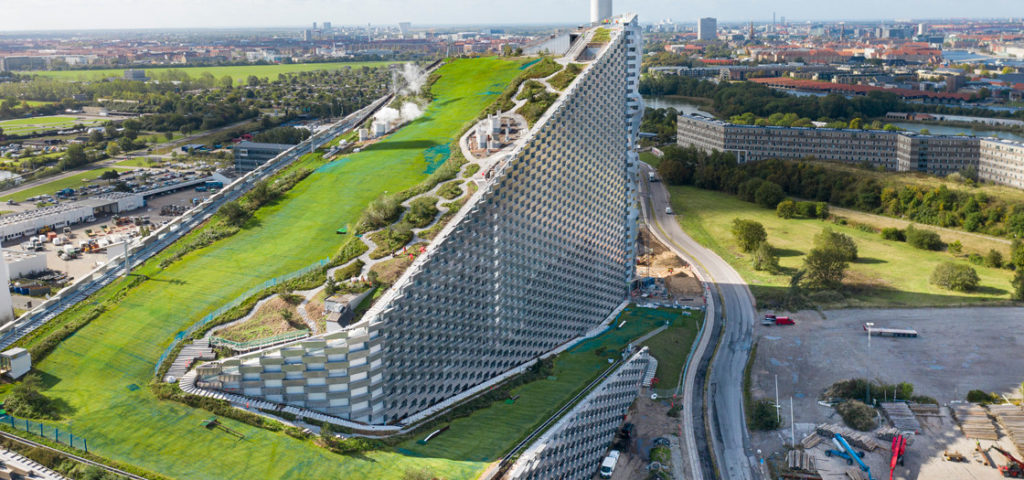
Green Roofs
Greening can extend the lifespan of existing infrastructure and reduce maintenance requirements by providing a layer of protection against extreme weather conditions. Over time, this technology can reduce waste in the construction industry and support adaptive reuse initiatives. Green roofs are used in Berlin to protect houses from high temperatures and to convert sunlight into energy through solar panels. Some green rooftops in Berlin have even reached 100 years in age. Not only can the lifespan of traditional flat roofs be doubled with greening, but high density vegetation on rooftops can reduce incoming building heat by 60%. Buildings are responsible for nearly 40% of global CO2 emissions, but building operations, such as heating and cooling, account for 28% of total emissions. Reducing our reliance on heating and cooling systems within buildings could help cities mitigate climate change while reducing costs. Green roofs also combat climate change through carbon sequestration and removal of air pollutants like nitrous oxide and particulate matter.
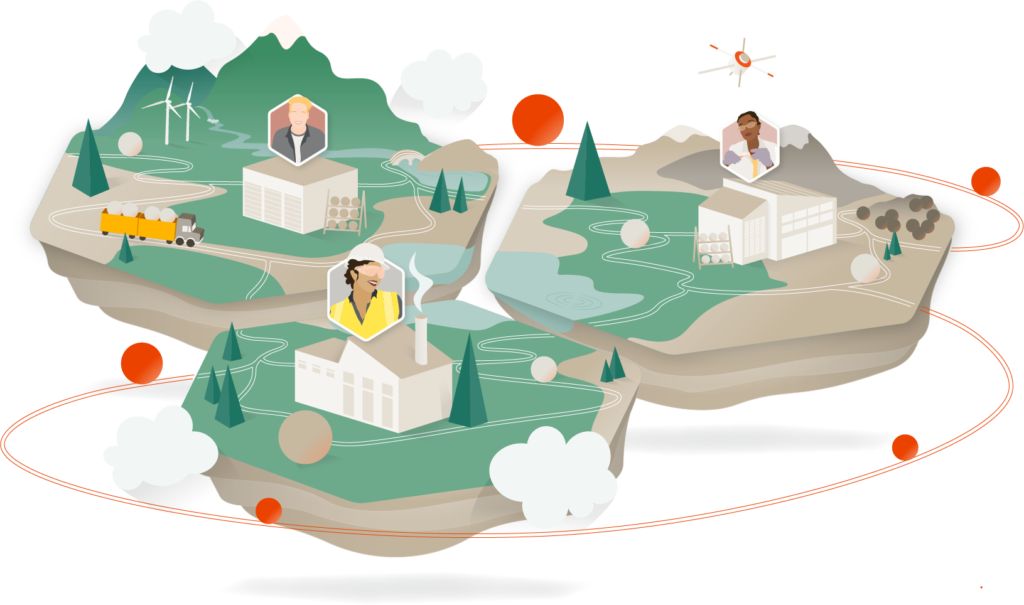
Circular cities
Smart cities are also circular cities. Within the framework of the circular economy, cities are working to save time and money by eliminating waste and increasing access to resources. New waste management technologies leverage artificial intelligence to detect and remove recyclables from our waste streams. Resource exchange platforms are enabling organizations and individuals throughout a city to create self-sufficient loops of goods and materials. Just like green roofing and sponge city design, these initiatives work to ensure that the outputs of one entity become the inputs for another.
The UN projects that by 2050, nearly 70% of the world’s population will be living in cities. To equitably sustain this rapid urbanization, cities need to become locally productive, resource-efficient hubs. Investing in some of the smart, circular initiatives outlined here is the surest route to becoming a resilient city of the future.

